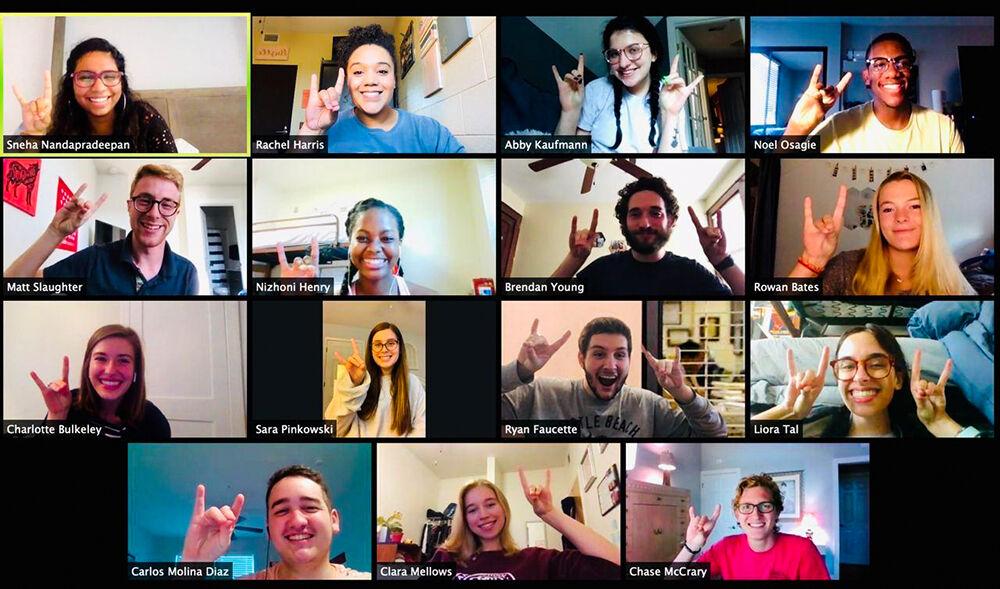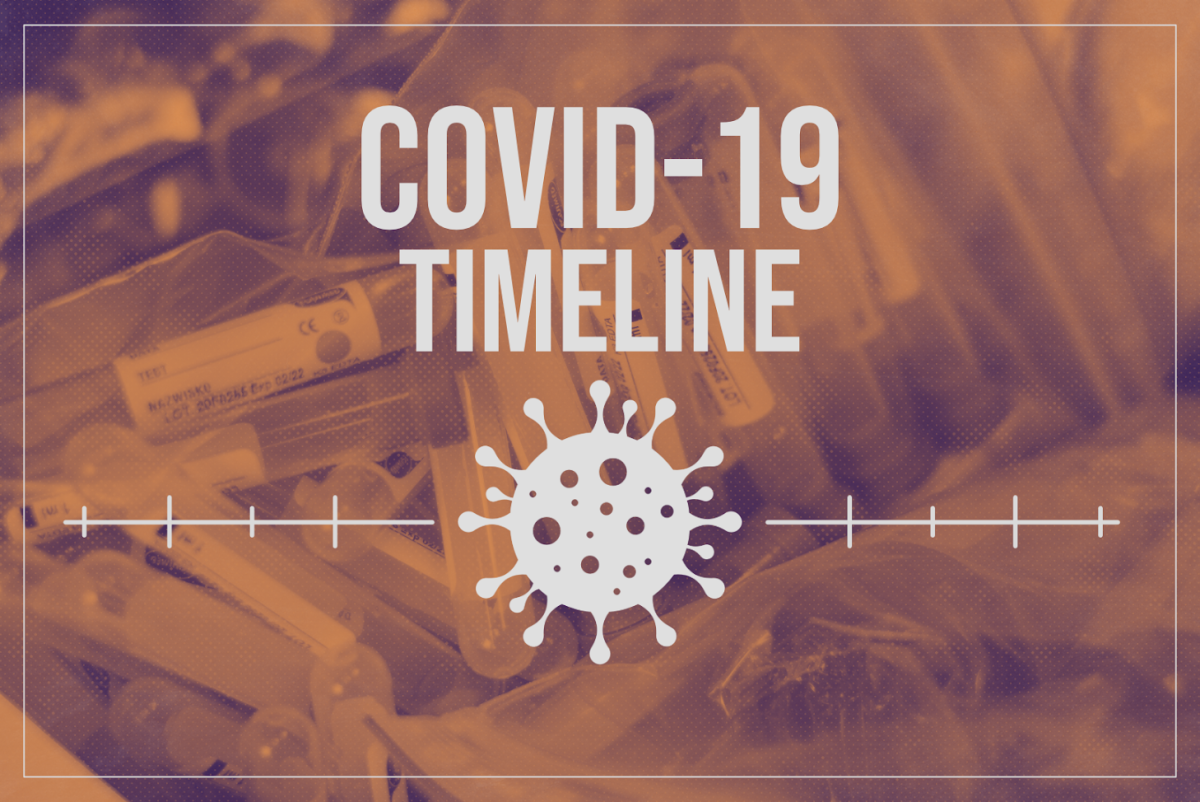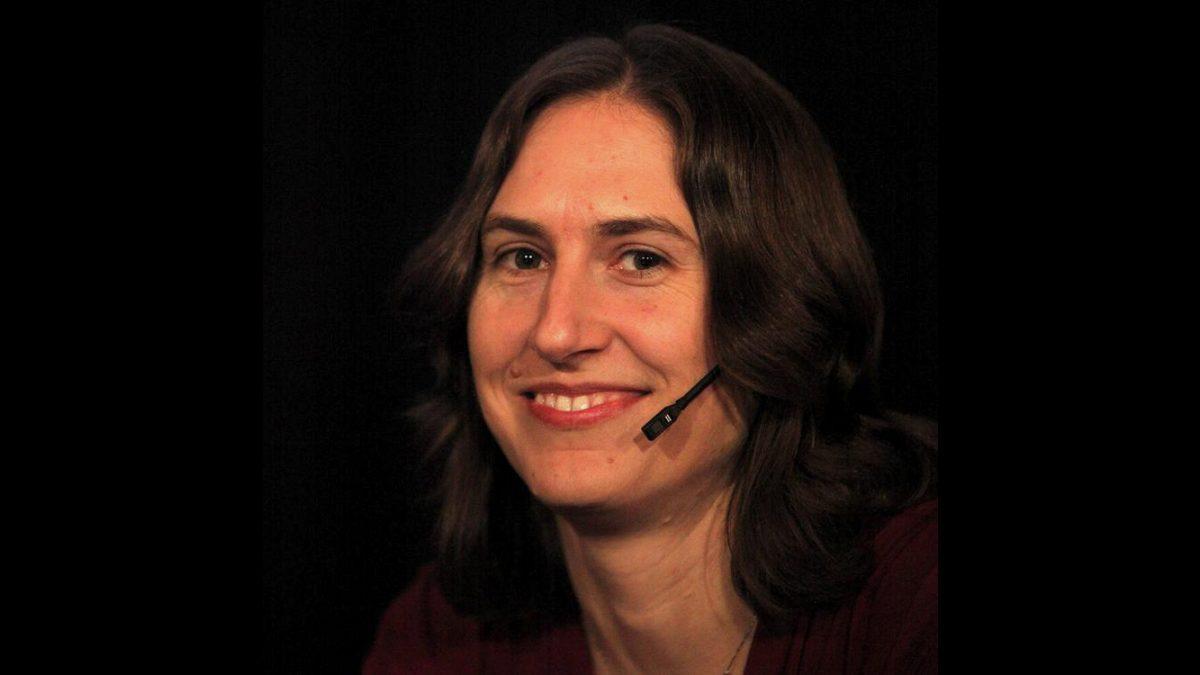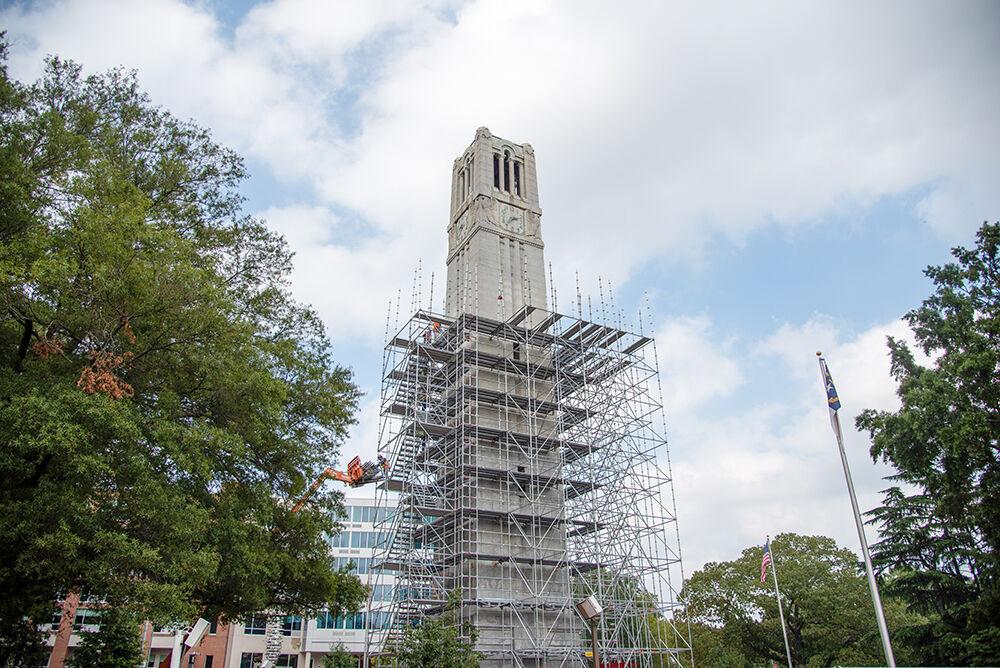Modern dance was born out of a rebellion against the styles preceding it, particularly the ballet. In a classical ballet, a dancer has to focus on the technique, the costumes and the shoes that are essential for a performance. Modern dancers, however, focus more on expressing themselves.
Those N.C . State students who gathered Tuesday in Carmichael Gymnasium got a chance to see the kind of moves modern dance allows.
“Every teacher approaches modern dance differently,” Renay Aumiller , an independent dance artist and the class instructor, said. “And in doing so, they bring some of their personal selves into it. My dances use a semantic-based release technique. A dancer uses the entire body.”
The release technique attempts to help the dancer rid themself of an extraneous tension. It uses somatic principles such as the Bartenieff , Alexander, Yoga and Body Mind Centering.
“I concentrate on the skeletal system,” Aumiller said. “I encourage my students to let their ‘muscles drip to the floor.'”
Aumiller’s dances begin with some breathing and concentration exercises.
“It’s a centering process,” Aumiller said. “I try to bring their focus to the present. We are often lost thinking of something that happened in the past and of something that may take place in the future. This exercise brings them to the present.”
For Agee Taylor, a sophomore in fashion and textile management, Aumiller’s dance form makes her more aware of her body.
“If someone were to teach a dance move,” Taylor said, “I would merely learn how to fling my body along the movement. It’s different here. I am thinking about the movement. Renay is telling me to ‘spiral from the waist,’ or ‘step on my right leg up to the ceiling,’ or to simply ‘curve, toss it up, unwind and melt into the floor.’ I am thinking of where the movement has to initiate.”
Aumiller said she agrees with Taylor’s interpretation of what modern dance requires.
“Our bodies have a natural functional alignment,” Aumiller said. “We are giving tension to it. I try to help dancers find their natural alignment by making them conscious of their body.”
“Every dancer dances with an intent, purpose and a content,” Ashley Walls, a first-year graduate student, said. “A dancer explores the reality and existence. We search for some truth and express it through our movements. While doing a triplet move, for instance, we are going down in the movement. But, Renay points us to think we are going up.”
“I experiment with the illusion of order amidst chaos,” Aumiller said. “Chaos and order exist together everywhere. We have to find a middle ground. It’s all about where we can find it, and when we intend to use it.”
Overall, Aumiller said her enjoyment in teaching modern dance comes down to the experiences of the students.
“It does not matter to me if my dancers get their aesthetics right,” Aumiller said. “Through my dance, I help them reach their ‘Aha!’ moment when all things make sense. I derive satisfaction through this.”







